Database Design Proposal: Hospital Management System (HMS) Solution
VerifiedAdded on 2022/11/13
|5
|891
|446
Project
AI Summary
This assignment presents a database design proposal for a Hospital Management System (HMS). The introduction highlights the need for an information storing system in hospitals to manage various tasks efficiently. The case study emphasizes the inefficiencies of manual processes and the benefits of implementing an HMS. The proposed solution strategy outlines the requirements, including functional and non-functional specifications. The database design section details the main attributes, data types, and required tables such as Patient, Doctor, Lab, and Bill tables, and the use of Entity Relationship diagrams. It covers resources for data model development and hosting considerations, focusing on relational models and RDBMS languages like SQL. The assignment also discusses the analysis and dissemination of information, including survey planning and data processing components, and concludes with references to relevant literature. The project aims to improve hospital efficiency and data management.
1 out of 5
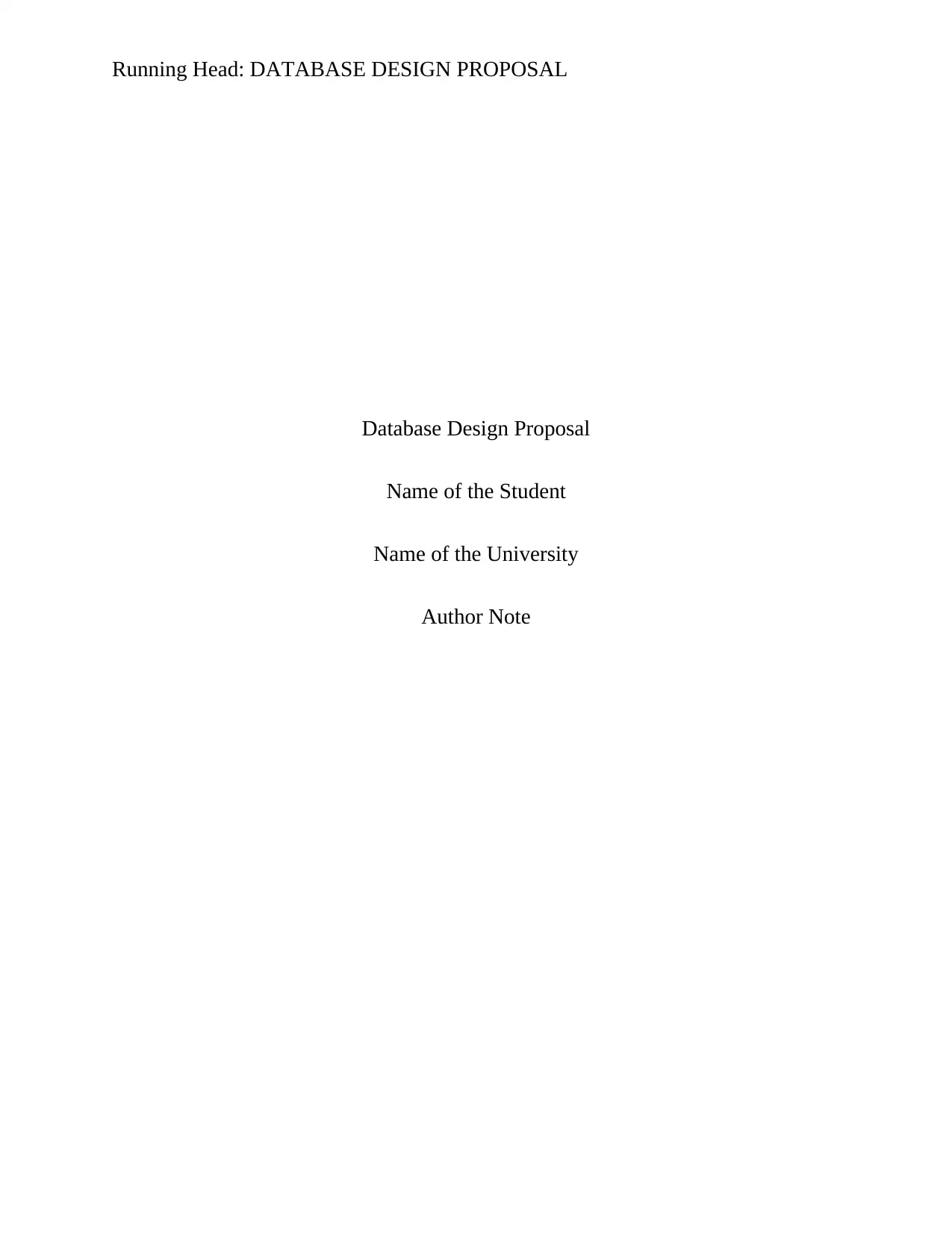
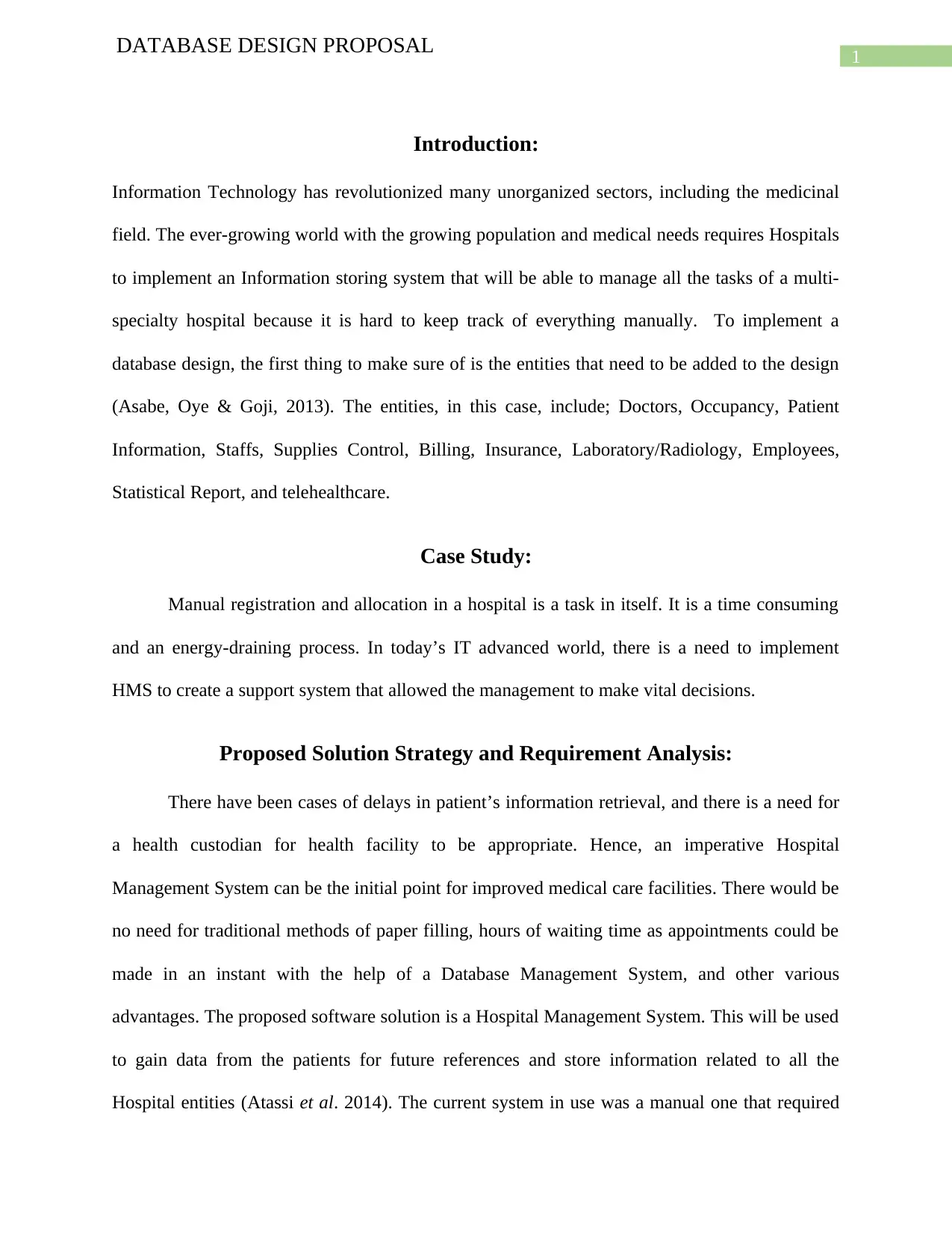
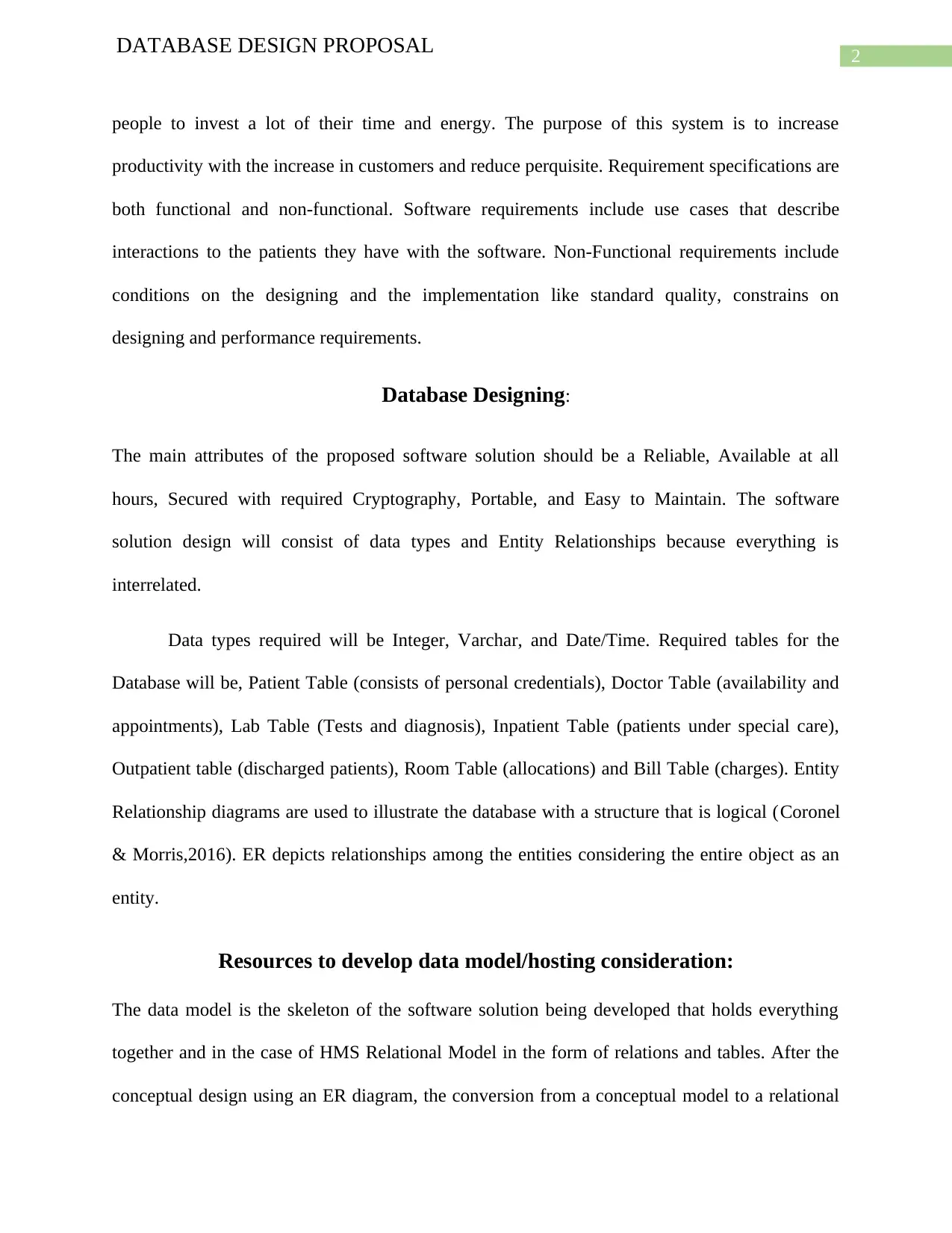

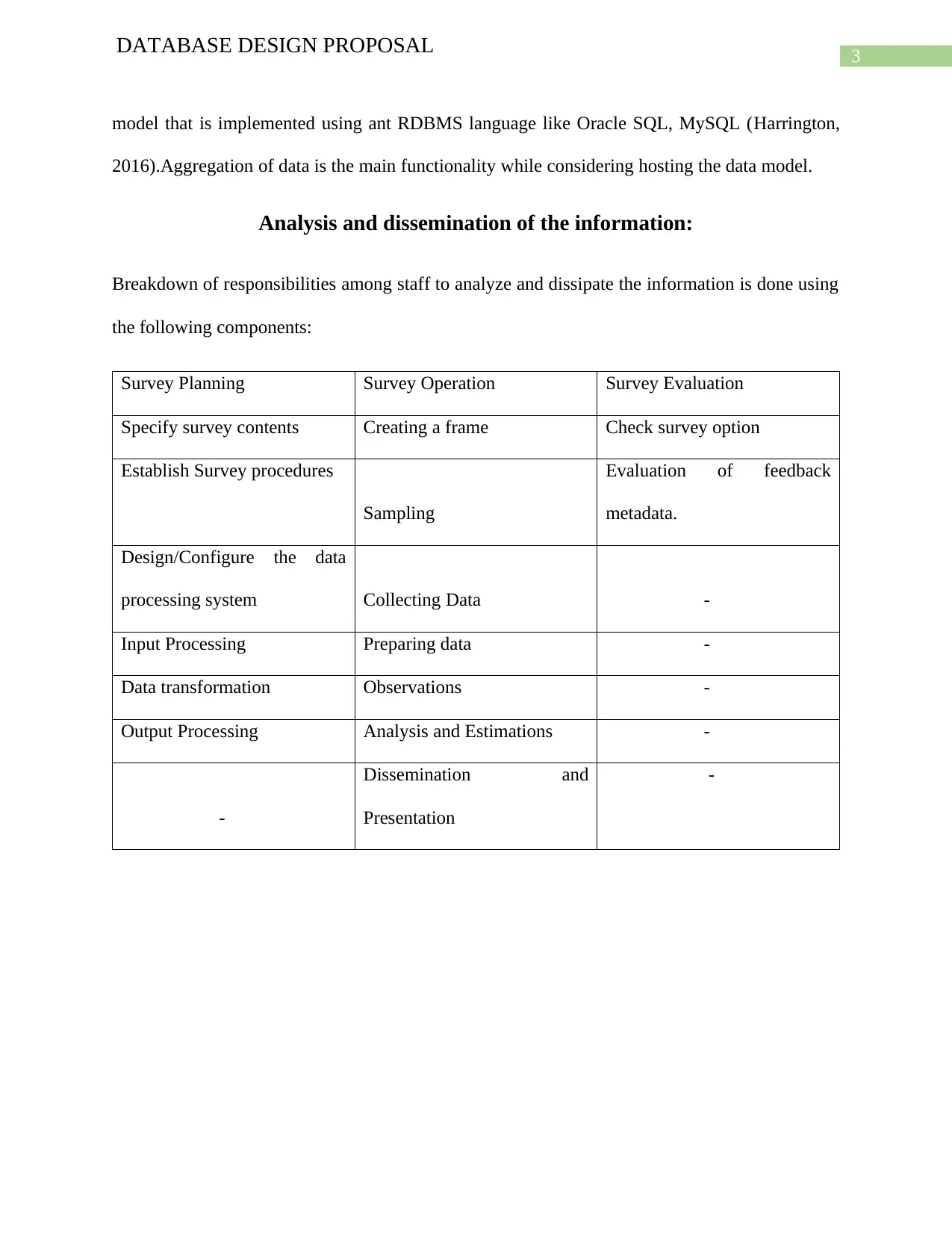
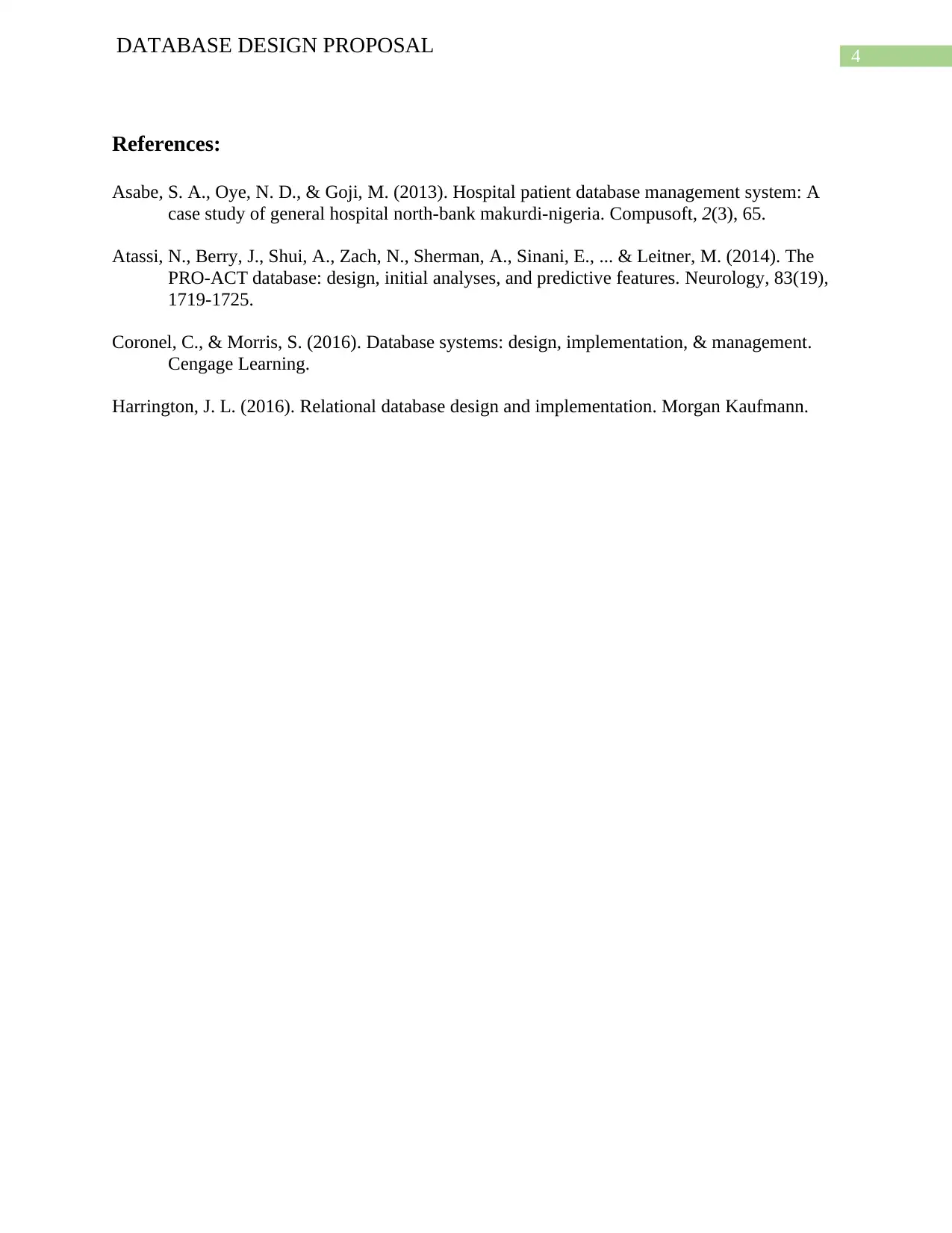






![[object Object]](/_next/static/media/star-bottom.7253800d.svg)